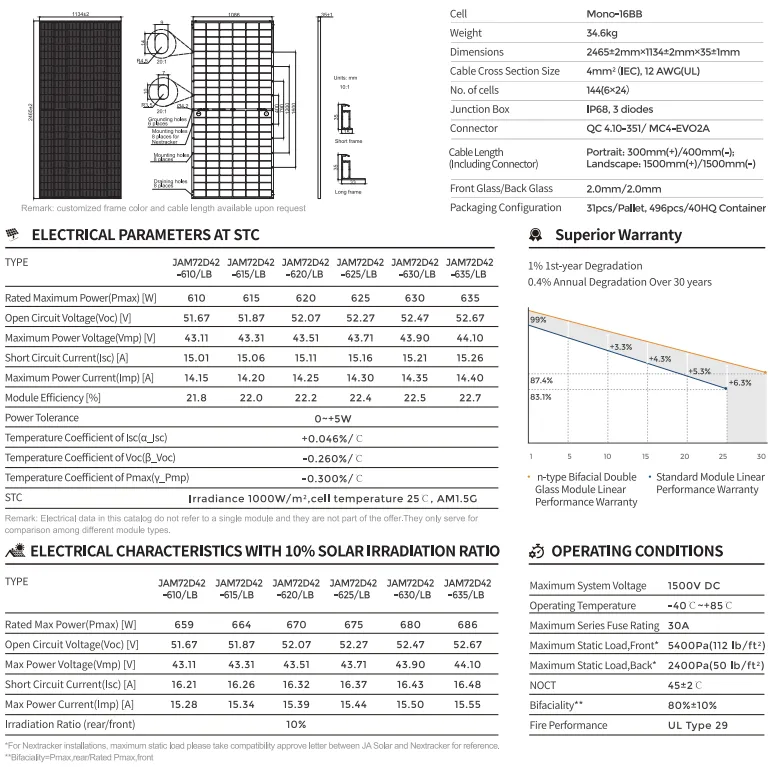cost of solar panels for 3 bedroom house
The Cost of Solar Panels for a Three-Bedroom House
As more homeowners seek ways to reduce their electricity bills and embrace sustainable living, solar panels have become an increasingly popular option. For those living in a three-bedroom house, understanding the costs associated with installing solar panels is crucial for making an informed decision.
The initial costs of installing solar panels can vary significantly based on several factors, including the size of the system, geographical location, and the choice between purchasing or leasing equipment. Generally, the average cost of solar panel installation in the United States ranges from $15,000 to $30,000 before any tax incentives or rebates. A typical three-bedroom house may require a solar array of about 6 to 10 kilowatts, depending on energy consumption and local sunlight exposure.
One of the primary concerns for homeowners considering solar energy is the return on investment (ROI). With federal tax credits, which currently stand at 26%, and potential state incentives, the effective cost of solar panels can reduce significantly. For instance, a $20,000 solar installation could potentially cost you $14,800 after federal tax credits, offering substantial savings over time.
cost of solar panels for 3 bedroom house

In addition to the installation costs, it's essential to consider ongoing expenses, such as maintenance and potential repairs. However, solar panels are generally low-maintenance, requiring only periodic cleaning and check-ups to ensure optimal performance. Most reputable solar providers offer warranties that can last between 20 to 25 years, providing peace of mind regarding the longevity and efficiency of the investment.
Moreover, homeowners should evaluate the long-term savings on their energy bills. In many cases, solar panels can offset around 70-100% of electricity costs, depending on local energy rates and solar incentives. This means that, over the lifespan of the solar panels, homeowners can save thousands of dollars on their electricity expenses.
Financing options for solar panels are also diverse. Homeowners might opt for a solar loan, a power purchase agreement (PPA), or even a lease. Each of these options has its pros and cons, influencing how quickly homeowners can recover their investment and benefit from the energy savings.
In conclusion, while the upfront cost of solar panels for a three-bedroom house may seem daunting, the various incentives and financing options available can make this investment more accessible. The long-term financial and environmental benefits also suggest that embracing solar energy is not only a step towards sustainability but also a smart financial decision for many homeowners.
-
String Solar Inverter: The High-Efficiency Solution for Smart Solar EnergyNewsJul.14,2025
-
Revolutionizing Rooftop Energy with the Power of the Micro Solar InverterNewsJul.14,2025
-
Power Independence with Smart Off Grid Solar Inverter SolutionsNewsJul.14,2025
-
On Grid Solar Inverter: Powering the Future with Smart Grid IntegrationNewsJul.14,2025
-
Monocrystalline Solar Panels: High-Efficiency Power for the Future of Clean EnergyNewsJul.14,2025
-
Bifacial Solar Panel: A Smarter Investment for Next-Generation Energy SystemsNewsJul.14,2025







